Paul Irish
Paul Irish. Thank you for taking part in this interview.
Hidden in Plain View is a fascinating book that puts us in touch with people who have been lost to history. Where did the idea for the research come from?
I grew up in Sydney and started working as an archaeologist on Aboriginal heritage projects almost 20 years ago. Working alongside Aboriginal people looking for ancient traces of Aboriginal life such as stone artefacts and rock engravings, I found I was just as interested in their personal stories and recent history. This was not something that the heritage world seemed particularly interested in, and when I met some families from the La Perouse Aboriginal community who had an ancient ancestry in Sydney I wondered why I had never known about this. There seemed to be something missing from most written histories which did not at all fit with what Aboriginal people were saying. It sparked something in me and I started to research this history around ten years ago, whenever I had the chance, often together with Aboriginal people from the La Perouse community.
The book traces the involvement of Aboriginal people of coastal Sydney alongside the newcomers in many social activities from first European settlement onwards to the 1930’s. It makes common sense that Aboriginal people did not just disappear. Why were these first Australians written out of our history? Did motivations change over time?
There was never a conspiratorial gathering where it was decided that Aboriginal people were to be wiped from Sydney’s history – but there may as well have been. During the nineteenth century, Aboriginal people were seen to lose their ‘authenticity’ as they adopted European language and ways of life. You hear stories across the country of the death of the ‘last of their tribe’ which meant the last so-called ‘authentic’ Aboriginal person (usually those born before the first Europeans arrived). Fast forward to the early twentieth century and as the first histories of Sydney and elsewhere were being written, Aboriginal people were literally out of sight on newly established reserves and missions and had no place in the stories of progress that historians wanted to tell. Combine all those elements and there’s a recipe for the enduring fable that cities pushed Aboriginal people out of the way and have no enduring ‘authentic’ Aboriginal presence.
Citing many examples, you argue that Aboriginal people ‘increasingly intertwined their lives with the people, urban space and economy of Sydney’ and that was deliberate. Can you please tell us more about this?
I think the idea we have often had – based quite reasonably in the twentieth century history of heavy-handed government intervention – is that there are separate Aboriginal and European histories; or at the very least that Aboriginal people were always on the fringes of European settlement. But this is simply not sustained when you look closely at the historical record of somewhere like coastal Sydney. We can never overstate the devastation of early colonial violence and disease, but this story is about the survivors in the time after the frontier had moved beyond Sydney. They found new ways to live in a growing city by drawing on their traditional skills – they became commercial fishers and led hunting and fishing tours for example. They got to know influential Europeans over many years and maintained these relationships, helping to ensure that they could continue living on their properties and elsewhere around Sydney. It was a deliberate strategy to try to remain living as much as possible on their own terms.
What this books does, which sets it apart, is the even handed approach. You argue that the relationships between the Aborigines of Coastal Sydney and Europeans are nuanced than we have been led to believe from other researchers. Can you expand on this?
It’s probably a surprise to many people to know that throughout much of the nineteenth century there was no official government policy or interventions in the lives of Aboriginal people around Sydney. After some failed initiatives of the Macquarie era, Aboriginal people and Europeans were more or less left to work things out for themselves. By this time, some Europeans who had grown up in Sydney hunting and fishing with Aboriginal people had become quite influential as politicians, lawyers and businesspeople. These relationships endured and it was often around their properties that Aboriginal people were camped, and it was they who intervened when a new fishing boat or supplies was needed. This ‘entangled’ existence really only unravelled in the decades after the formation of the Aborigines Protection Board in the early 1880s.
I understand that this work is based on your PhD thesis. It is an extraordinary piece of research. In all, therefore, how long was the book in the making?
It has been over ten years in the making. Partly that timing has been due to working around work and family and study, but I also feel that the story has emerged in its own time and on its own terms. I don’t think I would have been able to tell the story in the same way five years ago when I was starting the PhD. Not so much because the information wasn’t there, but because I have had many conversations since that time, and worked on projects with some of the descendants of people in the book, which has given me new perspectives and new ways of explaining what went on in Sydney. It’s definitely been a labour of love, but also a richly rewarding experience.
Tell us a little about your own trajectory. How did you come to work in this field?
Based on a longstanding interest in the past more generally, I initially trained as an archaeologist. I had never formally studied history but as I became increasingly interested in the Aboriginal history of Sydney and wanted to do my own research, I realised that I needed not just the information skills, but to learn how to turn this research into a story. I work as a heritage consultant and historian and while that often means juggling a lot of different projects, I also regularly have interesting conversations and experiences with Aboriginal people across Sydney as we all come to grips with what history and heritage truly mean in a colonial city. The politics and relationships of this work keeps reminding me of the importance of history in the contemporary Aboriginal world.
Thank you Paul. I am really looking forward to hearing you speak at the St Albans Writers’ Festival.


